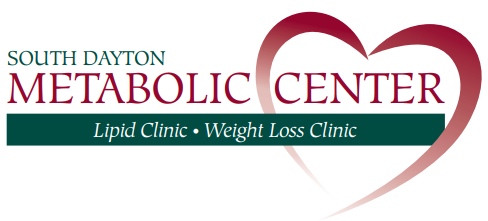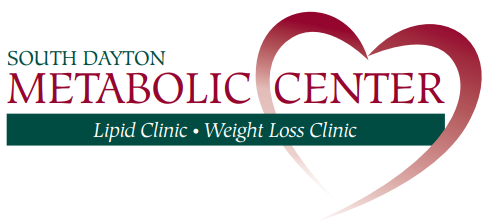"... We do not need to rely on sophisticated new procedures or breathtaking new scientific discoveries to make a huge and immediate impact. If we simply do the easy, inexpensive things consistently well we can make a major difference."
Making Better Use of Our Tools
Recently, the Journal of the American College of Cardiology published the results of a study which were simultaneously very disappointing and not-at-all surprising. It outlines the many ways in which we are failing our patients who are at highest risk of heart attack and stroke. Unfortunately, these same failures have been consistently shown in prior studies similar to this.
We know for certain that someone who has already suffered a prior cardiovascular event (such as a heart attack or stroke) is at the highest risk of more events. Based on numerous studies including hundreds of thousands of patients, we also know that statin therapy is extremely beneficial for those patients. The appropriate dose of a statin medication can reduce someone’s chances of another major cardiovascular event by 40-50%! According to clinical guidelines, using high-dose statin treatment in every single patient with a previous cardiovascular event is the standard of care. Going one step further, providers should be monitoring our patients’ responses to the treatment, and considering medications in addition to statins (or as an alternative to statins if clinically necessary) if their cholesterol is not reaching target levels.
Regrettably, in this country it appears that we are falling woefully short of these expectations. The study I referenced above looked at a large group of people, all of whom had a prior cardiovascular event- and therefore had a reason to be prescribed a high dose statin. Of the >600,000 patients, less than 1 in 4 was on the correct dose of a statin. Worse yet, nearly half of the study population (meaning more than 300,000 people), were not on any statin at all! Low statin usage rates seemed to disproportionately affect women and younger patients. What’s just as disappointing is that only a quarter of these patients even had their cholesterol checked within the last year. This is despite the fact that the overwhelming majority of them (>80%) had visited with their cardiologist and/or their primary care physician in the past year. This gap in our system has huge consequences. In this group of 600,000 patients, it can be estimated that at least 16,000 will suffer a preventable heart attack or stroke each year due to absent or insufficient statin usage. When we extend the findings to the entire country, year after year, the scope of the problem is staggering. There are certainly multiple contributing factors here, and all blame need not lie at the feet of health care providers. Social, economic and cultural barriers are undoubtedly making things considerably more challenging. However, providers and patients alike could rightfully view this as another wake up call, showing us that there is more we can all be doing to reduce the overall impact of cardiovascular disease in our community.
Paradoxically perhaps, I find some reason for optimism in these findings. Although cardiovascular disease remains the leading cause of death in the US, we do not need to rely on sophisticated new procedures or breathtaking new scientific discoveries to make a huge and immediate impact. If we simply do the easy, inexpensive things consistently well, we can make a major difference. Patients and providers can work together. If you have had a previous heart attack or stroke, it is imperative that someone is checking your cholesterol regularly. This person should also make sure you are on the correct medication- at the correct dose. After you are on the correct medication at the right dose, if your LDL cholesterol and/or apo B remains above target levels, you should strongly consider additional cholesterol lowering treatments.

